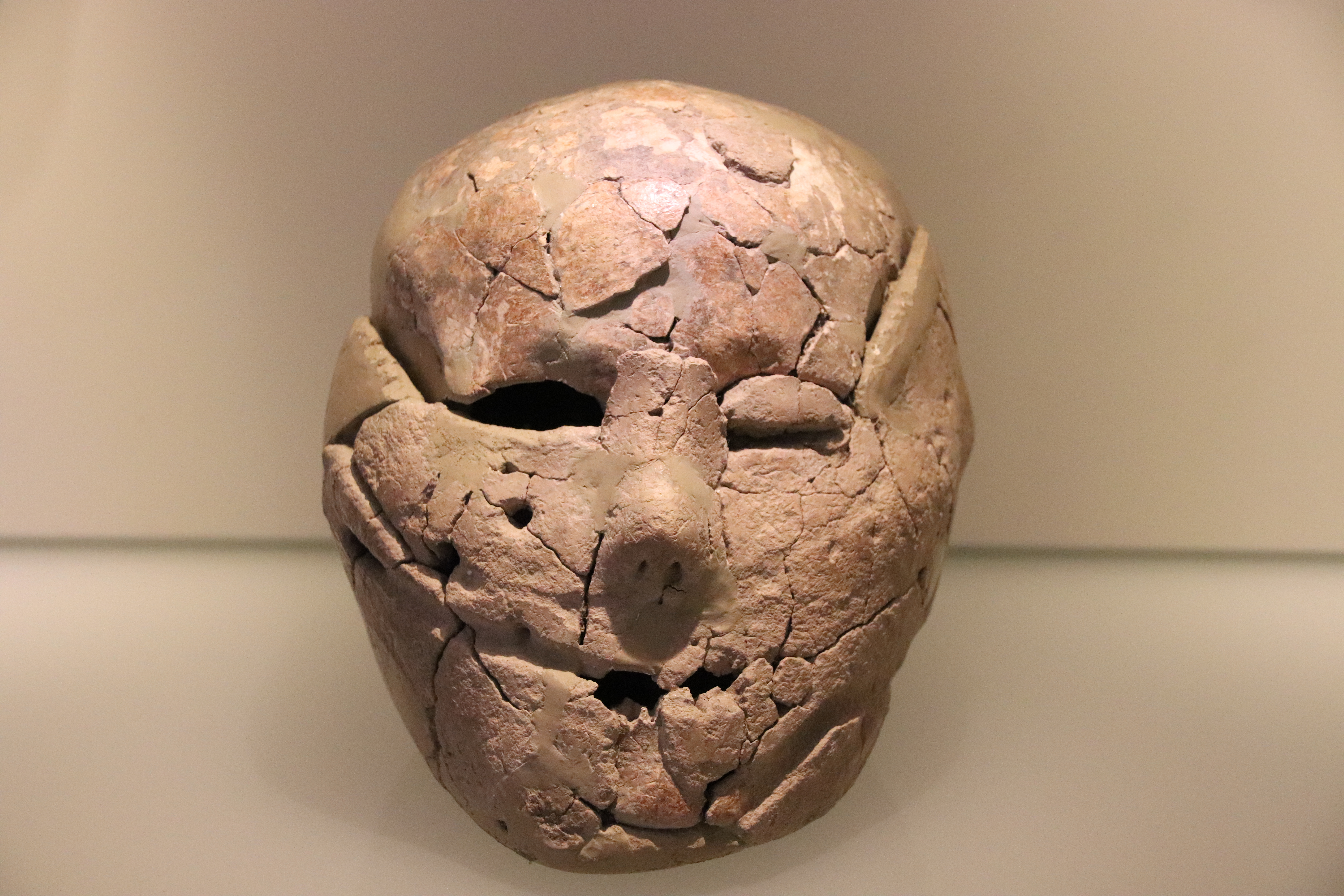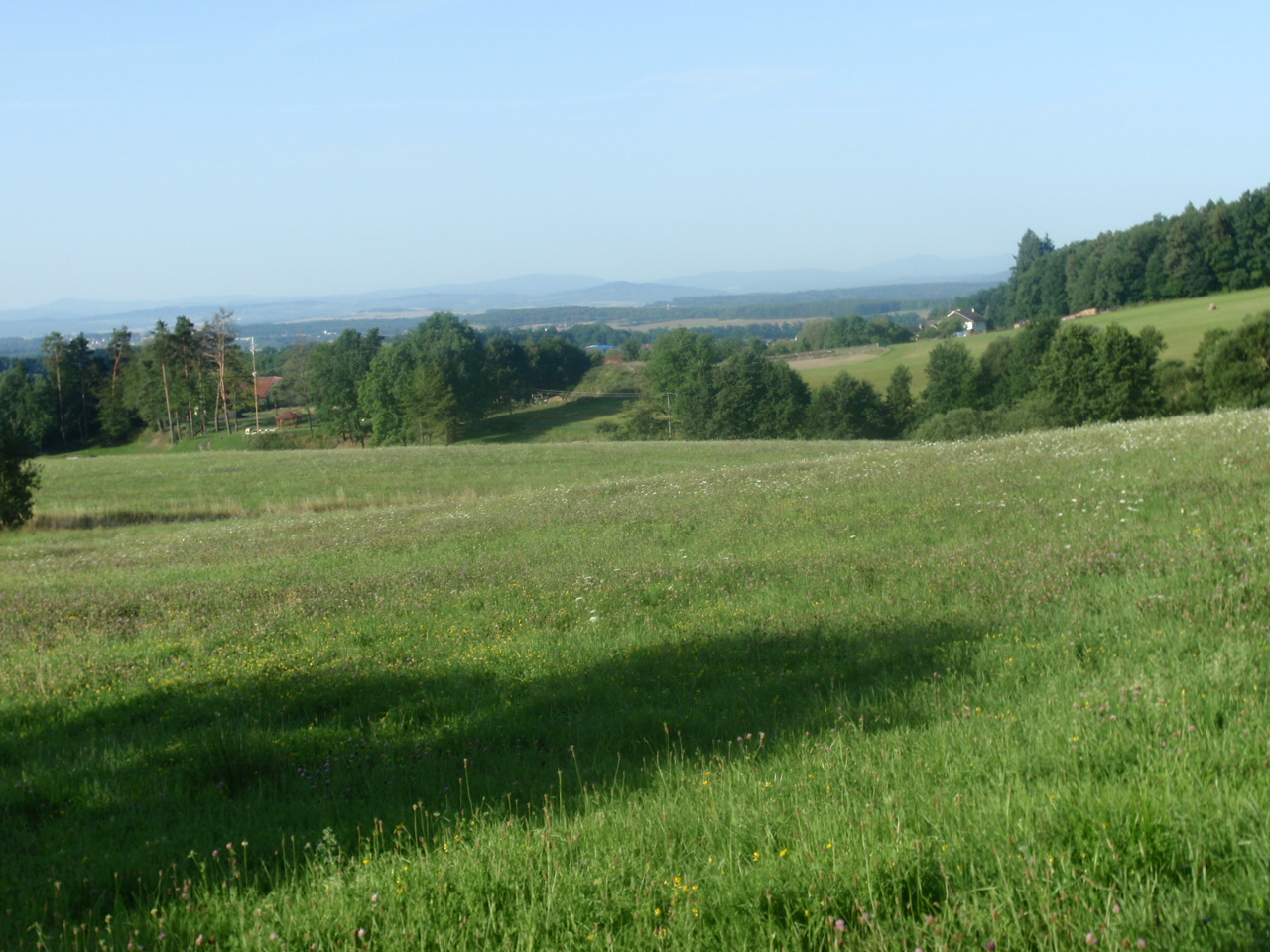|
David Eduard Steiner
David Eduard Steiner (7 April 1811, Winterthur – 5 April 1860 also in Winterthur) was a Swiss painter. Biography He began studying painting under his father and continued his studies in 1829 at the Munich Academy. He returned to Winterthur in 1837. He first started as a portrait painter, then in 1840 he devoted himself to painting history and landscapes. His works include the tableau entitled "Ulrich Zwingli shaking hands with Martin Luther as a sign of brotherly love" (1856) for the municipal library in Winterthur. The Zentralbibliothek Zürich also has some of his works in their collection, as does the Kunstmuseum Winterthur The Kunst Museum Winterthur (English: The Winterthur Museum of Art) is an art museum in Winterthur, Switzerland run by the local ''Kunstverein''. From its beginnings, the activities of the Kunstverein Winterthur were focused on contemporary art - .... References External links * * 1811 births 1860 deaths 19th-century Swiss painters S ... [...More Info...] [...Related Items...] OR: [Wikipedia] [Google] [Baidu] |
Winterthur
, neighboring_municipalities = Brütten, Dinhard, Elsau, Hettlingen, Illnau-Effretikon, Kyburg, Lindau, Neftenbach, Oberembrach, Pfungen, Rickenbach, Schlatt, Seuzach, Wiesendangen, Zell , twintowns = Hall in Tirol (Austria), La Chaux-de-Fonds (Switzerland), Pilsen (Czech Republic), Yverdon-les-Bains (Switzerland) , website = stadt.winterthur.ch Winterthur (; french: Winterthour, lang) is a city in the canton of Zürich in northern Switzerland. With over 110,000 residents it is the country's sixth-largest city by population, and is the ninth-largest agglomeration with about 140,000 inhabitants. Located about northeast of Zürich, Winterthur is a service and high-tech industrial satellite city within Greater Zürich. The official language of Winterthur is German,The official language in any municipality in German-speaking Switzerland is always German. In this context, the term 'German' is used as an umbrella term for any variety of Germ ... [...More Info...] [...Related Items...] OR: [Wikipedia] [Google] [Baidu] |
Academy Of Fine Arts, Munich
The Academy of Fine Arts, Munich (german: Akademie der Bildenden Künste München, also known as Munich Academy) is one of the oldest and most significant art academies in Germany. It is located in the Maxvorstadt district of Munich, in Bavaria, Germany. History The history of the academy goes back to the 18th century, before the 1770 founding by Elector Maximilian III. Joseph, the so-called "drawing school", which already bore the name "academy" in its name ("Zeichnungs Schule respective Maler und Bildhauer academie"). The Academy of Fine Arts was enhanced in 1808 by King Maximilian I Joseph of Bavaria as Royal Academy of Fine Arts. The Munich School refers to a group of painters who worked in Munich or were trained at the Academy between 1850 and 1918. The paintings are characterized by a naturalistic style and dark chiaroscuro. Typical painting subjects included landscape, portraits, genre, still-life, and history. From 1900 to 1918 the academy's director was Ferdinand F ... [...More Info...] [...Related Items...] OR: [Wikipedia] [Google] [Baidu] |
Portrait
A portrait is a painting, photograph, sculpture, or other artistic representation of a person, in which the face and its expressions are predominant. The intent is to display the likeness, personality, and even the mood of the person. For this reason, in photography a portrait is generally not a snapshot, but a composed image of a person in a still position. A portrait often shows a person looking directly at the painter or photographer, in order to most successfully engage the subject with the viewer. History Prehistorical portraiture Plastered human skulls were reconstructed human skulls that were made in the ancient Levant between 9000 and 6000 BC in the Pre-Pottery Neolithic B period. They represent some of the oldest forms of art in the Middle East and demonstrate that the prehistoric population took great care in burying their ancestors below their homes. The skulls denote some of the earliest sculptural examples of portraiture in the history of art. Historical ... [...More Info...] [...Related Items...] OR: [Wikipedia] [Google] [Baidu] |
Landscape
A landscape is the visible features of an area of land, its landforms, and how they integrate with natural or man-made features, often considered in terms of their aesthetic appeal.''New Oxford American Dictionary''. A landscape includes the physical elements of geophysically defined landforms such as (ice-capped) mountains, hills, water bodies such as rivers, lakes, ponds and the sea, living elements of land cover including indigenous vegetation, human elements including different forms of land use, buildings, and structures, and transitory elements such as lighting and weather conditions. Combining both their physical origins and the cultural overlay of human presence, often created over millennia, landscapes reflect a living synthesis of people and place that is vital to local and national identity. The character of a landscape helps define the self-image of the people who inhabit it and a sense of place that differentiates one region from other regions. It is t ... [...More Info...] [...Related Items...] OR: [Wikipedia] [Google] [Baidu] |
Zentralbibliothek Zürich
''Zentralbibliothek Zürich'' (Zurich Central Library) is the main library of both the city and the University of Zurich, housed in the ''Predigerkloster'', the former Black Friars' abbey, in the old town's Rathaus quarter. It was founded in 1914 by a merger of the former cantonal and city libraries. Its history ultimately goes back to the ''Stiftsbibliothek'' of the Grossmünster abbey, first attested in 1259. Much of the abbey's library was lost in the Swiss Reformation, especially in an incident of book burning on 14 September 1525, reducing it to a total inventory of 470 volumes. From 1532, Konrad Pellikan (1478–1556) began rebuilding the ''Stiftsbibliothek'', especially with the purchase of Zwingli's private library, and the library catalogue in 1551 lists 770 volumes. The city library had been established in 1634, and its policy to allow access only to citizens of Zurich led to disputes with the University, which led to the establishment of a cantonal library in 1835, ... [...More Info...] [...Related Items...] OR: [Wikipedia] [Google] [Baidu] |
Kunstmuseum Winterthur
The Kunst Museum Winterthur (English: The Winterthur Museum of Art) is an art museum in Winterthur, Switzerland run by the local ''Kunstverein''. From its beginnings, the activities of the Kunstverein Winterthur were focused on contemporary art - first Impressionism, then Post-Impressionism and especially Les Nabis, through post-World War II and recently created works by Richard Hamilton, Mario Merz and Gerhard Richter. Building Architects Rittmeyer & Furrer designed the original museum in 1915, and a 1000 m2 modernist addition was designed by Gigon/Guyer in 1995. The building "Beim Stadthaus" also contains Winterthur's natural history museum. Collection The main focus of the museum's collection has always been impressionism and post-impressionism. The impressionist gallery includes such notable works as: *''Low Tide'', Claude Monet (1882) *''Under Hampton Court Bridge'', Alfred Sisley (1874) *''Horse chestnuts of Jas de Bouffan'', Paul Cézanne (1885) *''Dandelions'', Vincent ... [...More Info...] [...Related Items...] OR: [Wikipedia] [Google] [Baidu] |
1811 Births
Events January–March * January 8 – An unsuccessful slave revolt is led by Charles Deslondes, in St. Charles and St. James Parishes, Louisiana. * January 17 – Mexican War of Independence – Battle of Calderón Bridge: A heavily outnumbered Spanish force of 6,000 troops defeats nearly 100,000 Mexican revolutionaries. * January 22 – The Casas Revolt begins in San Antonio, Spanish Texas. * February 5 – British Regency: George, Prince of Wales becomes prince regent, because of the perceived insanity of his father, King George III of the United Kingdom. * February 19 – Peninsular War – Battle of the Gebora: An outnumbered French force under Édouard Mortier routs and nearly destroys the Spanish, near Badajoz, Spain. * March 1 – Citadel Massacre in Cairo: Egyptian ruler Muhammad Ali kills the last Mamluk leaders. * March 5 – Peninsular War – Battle of Barrosa: A French attack fails, on a larger Anglo-Portuguese-Sp ... [...More Info...] [...Related Items...] OR: [Wikipedia] [Google] [Baidu] |
1860 Deaths
Year 186 ( CLXXXVI) was a common year starting on Saturday (link will display the full calendar) of the Julian calendar. At the time, it was known as the Year of the Consulship of Aurelius and Glabrio (or, less frequently, year 939 ''Ab urbe condita''). The denomination 186 for this year has been used since the early medieval period, when the Anno Domini calendar era became the prevalent method in Europe for naming years. Events By place Roman Empire * Peasants in Gaul stage an anti-tax uprising under Maternus. * Roman governor Pertinax escapes an assassination attempt, by British usurpers. New Zealand * The Hatepe volcanic eruption extends Lake Taupō and makes skies red across the world. However, recent radiocarbon dating by R. Sparks has put the date at 233 AD ± 13 (95% confidence). Births * Ma Liang, Chinese official of the Shu Han state (d. 222) Deaths * April 21 – Apollonius the Apologist, Christian martyr * Bian Zhang, Chinese official and ... [...More Info...] [...Related Items...] OR: [Wikipedia] [Google] [Baidu] |
19th-century Swiss Painters
The 19th (nineteenth) century began on 1 January 1801 ( MDCCCI), and ended on 31 December 1900 ( MCM). The 19th century was the ninth century of the 2nd millennium. The 19th century was characterized by vast social upheaval. Slavery was abolished in much of Europe and the Americas. The First Industrial Revolution, though it began in the late 18th century, expanding beyond its British homeland for the first time during this century, particularly remaking the economies and societies of the Low Countries, the Rhineland, Northern Italy, and the Northeastern United States. A few decades later, the Second Industrial Revolution led to ever more massive urbanization and much higher levels of productivity, profit, and prosperity, a pattern that continued into the 20th century. The Islamic gunpowder empires fell into decline and European imperialism brought much of South Asia, Southeast Asia, and almost all of Africa under colonial rule. It was also marked by the collapse of the lar ... [...More Info...] [...Related Items...] OR: [Wikipedia] [Google] [Baidu] |
Swiss Male Painters
Swiss may refer to: * the adjectival form of Switzerland * Swiss people Places * Swiss, Missouri *Swiss, North Carolina * Swiss, West Virginia * Swiss, Wisconsin Other uses * Swiss-system tournament, in various games and sports *Swiss International Air Lines **Swiss Global Air Lines, a subsidiary *Swissair, former national air line of Switzerland *.swiss alternative TLD for Switzerland See also *Swiss made, label for Swiss products *Swiss cheese (other) *Switzerland (other) *Languages of Switzerland, none of which are called "Swiss" *International Typographic Style, also known as Swiss Style, in graphic design *Schweizer (other), meaning Swiss in German *Schweitzer Schweitzer is a surname. Notable people with the surname include: * Albert Schweitzer, German theologian, musician, physician, and medical missionary, winner of the 1952 Nobel Peace Prize * Anton Schweitzer, opera composer * Brian Schweitzer, forme ..., a family name meaning Swiss in German ... [...More Info...] [...Related Items...] OR: [Wikipedia] [Google] [Baidu] |
Academy Of Fine Arts, Munich Alumni
An academy (Attic Greek: Ἀκαδήμεια; Koine Greek Ἀκαδημία) is an institution of secondary education, secondary or tertiary education, tertiary higher education, higher learning (and generally also research or honorary membership). The name traces back to Plato's school of philosophy, founded approximately 385 BC at Akademia, a sanctuary of Athena, the goddess of wisdom and Skills, skill, north of Ancient Athens, Athens, Greece. Etymology The word comes from the ''Academy'' in ancient Greece, which derives from the Athenian hero, ''Akademos''. Outside the city walls of Athens, the Gymnasium (ancient Greece), gymnasium was made famous by Plato as a center of learning. The sacred space, dedicated to the goddess of wisdom, Athena, had formerly been an olive Grove (nature), grove, hence the expression "the groves of Academe". In these gardens, the philosopher Plato conversed with followers. Plato developed his sessions into a method of teaching philosophy and in 3 ... [...More Info...] [...Related Items...] OR: [Wikipedia] [Google] [Baidu] |







